Welcome to the ultimate guide on how to avoid I-95, one of the nation’s most notorious highways. Living on the East Coast and often traveling on highways, we are accustomed to Interstate 95. Early on in our travels, we realized we would need to avoid I-95 whenever possible to ease the stress of our road trips
You’re not alone if you’ve ever been stuck in bumper-to-bumper traffic or enduring endless delays on your journey. I-95, known for its congestion and unpredictable conditions, can turn a simple commute or road trip into a frustrating ordeal. But fear not! In this blog post, we’ll explore why avoiding I-95 is the best decision for your sanity. In addition, we offer invaluable tips and alternatives to help you navigate it easily. Whether you’re a daily commuter or a weekend traveler, buckle up as we embark on stress-free travels away from the chaos of I-95.

Interstate 95 Facts
Interstate 95 (I-95) is one of the most prominent and heavily traveled interstate highways in the United States. Here are some interesting facts about I-95:
- Length: It is one of the longest north-south interstate highways in the country, stretching approximately 1,919 miles (3,081 kilometers) from Miami, Florida, in the south to Houlton, Maine, near the Canadian border in the north.
- States Traversed: I-95 passes through 15 states: Florida, Georgia, South Carolina, North Carolina, Virginia, Maryland, Delaware, Pennsylvania, New Jersey, New York, Connecticut, Rhode Island, Massachusetts, New Hampshire, and Maine.
- Major Cities Served: I-95 provides vital transportation links to several major cities, including Miami, Jacksonville, Savannah, Charleston, Richmond, Washington, D.C., Baltimore, Philadelphia, New York City, Providence, Boston, and Portland.
The Interstate Numbering System
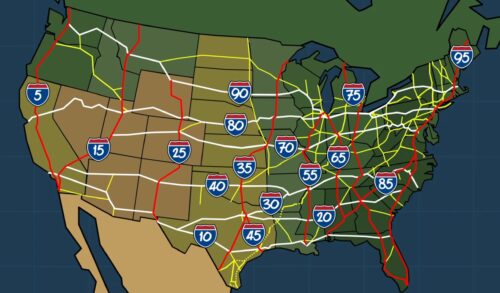
The interstate numbering system traces back to the Federal Aid Highway Act of 1956, signed into law by President Dwight D. Eisenhower. This landmark legislation authorized the construction of a vast network of high-speed roads known as the Interstate Highway System. It was initially to enhance national defense and facilitate interstate commerce and travel.
Interstates are typically designated with even or odd numbers, which signify their orientation and function.
- Even Numbers: These routes generally run east-west across the country, with lower numbers in the south and higher numbers in the north.
- Odd Numbers: These routes generally run north-south, with lower numbers in the west and higher numbers in the east.
Primary versus Auxillary Routes
- Primary Routes: These are the main, long-distance highways that form the backbone of the interstate system. They are typically numbered with one or two digits (e.g., Interstate 10, Interstate 95).
- Auxiliary Routes: These shorter routes primarily serve urban areas, providing connections to the primary routes. They are designated with three digits, the first indicating the primary route they branch from.
Why You Should Avoid I-95
- Traffic Congestion: The seemingly endless congestion is the most notorious frustration associated with I-95. During peak travel times, especially on weekends and holidays, sections of I-95 can resemble parking lots rather than highways. Delays, stop-and-go traffic, and bumper-to-bumper conditions can turn what should be a smooth journey into a stressful ordeal.
- Construction Zones: Another source of frustration for travelers on I-95 is the presence of ongoing construction projects. While roadwork is necessary for maintaining and improving infrastructure, navigating through construction zones can lead to delays, lane closures, and detours. Keeping up-to-date with traffic alerts and planning alternate routes can help mitigate the impact of construction-related delays.
- Toll Booths and Fees: Many sections of I-95 are dotted with toll booths, where travelers must pay fees for using specific stretches of the highway. For frequent travelers or those on a tight budget, toll expenses can quickly add up and become frustrating. Also, long lines and wait times at toll plazas can exacerbate travel woes.
- Lack of Rest Areas: One common complaint among travelers on I-95 is the scarcity of rest areas and amenities along the route. Especially during long stretches of highway, finding a convenient rest stop with restroom facilities, food options, and fuel stations can be challenging. This can lead to discomfort and inconvenience for travelers, particularly those with children or pets.
- Better Alternatives: Depending on your destination, there are often alternative routes that might be more scenic, less congested, or simply more enjoyable. For example, U.S. Route 1 or coastal highways can offer a more relaxed drive with opportunities to explore small towns and coastal areas.
Avoid I-95 : Alternate Routes
- US Route 1:
- Running parallel to I-95 for much of its length, US Route 1 offers a slower-paced journey with plenty of charming towns and scenic vistas. Starting in Maine and winding its way down the East Coast to Florida, this historic route provides a glimpse into the heart of America. Take your time to explore coastal communities, historic landmarks, and breathtaking landscapes as you meander southward.
2. US Route 13:
- For travelers looking to bypass the congestion around major cities like Philadelphia and Baltimore, US Route 13 offers a convenient alternative. Running through the Eastern Shore region of Maryland and Virginia, this route takes you off the beaten path and through quaint towns and rural landscapes. Enjoy the tranquility of the countryside as you make your way towards destinations further south.
3. US Route 301:
- If you’re heading south from the Mid-Atlantic states, consider taking US Route 301 as an alternative to I-95. This scenic route traverses Delaware, Maryland, and Virginia, offering a more relaxed driving experience with fewer traffic headaches. You’ll encounter historic sites, charming small towns, and picturesque countryside, making it a journey worth savoring.
Our Favorite Alternative – I-81
We often take the more serene and picturesque route, Interstate 81. Our first experience with I-81 was during our first cross-country road trip.
Stretching from Tennessee to New York, I-81 meanders through stunning landscapes, charming towns, and historic sites. We believe that choosing I-81 over I-95 can lead to a more relaxed and enjoyable road trip experience.
One of the highlights of traveling on I-81 is the opportunity to soak in breathtaking scenery along the way. You’ll be treated to panoramic views as you traverse the Appalachian Mountains and Shenandoah Valley. Whether you’re a nature enthusiast or enjoy picturesque landscapes, I-81 delivers an unforgettable visual feast.
Compared to the congestion often encountered on I-95, I-81 offers a more peaceful driving experience with fewer vehicles on the road. While certain sections may experience moderate traffic, especially around major cities like Roanoke and Harrisburg, the traffic flow will be smoother and more manageable overall. This allows for a more relaxed pace and less time spent navigating gridlock.
While I-95 may be the more direct route, opting for I-81 offers a chance to escape the hustle of the highway. With its stunning scenery, reduced traffic, and abundant attractions, I-81 promises a memorable road trip experience. So next time you plan a journey along the East Coast, consider taking the scenic route along I-81. We recommend using I-81 to help avoid I-95.

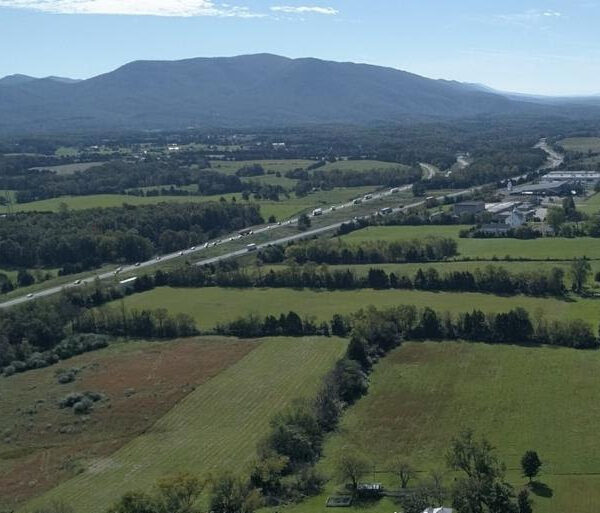
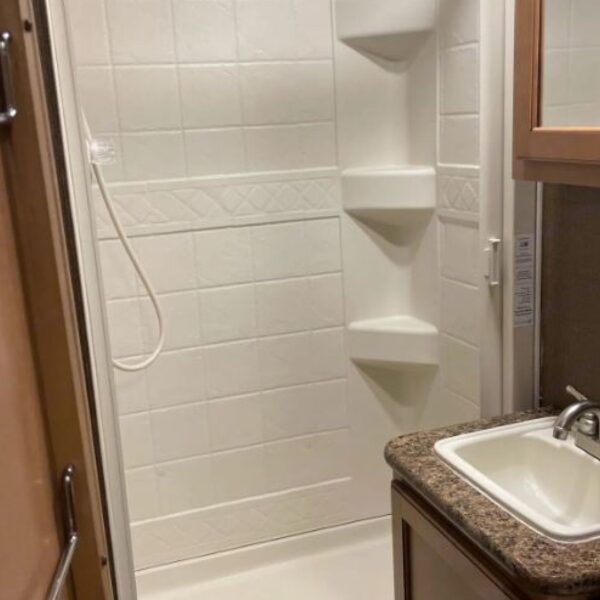

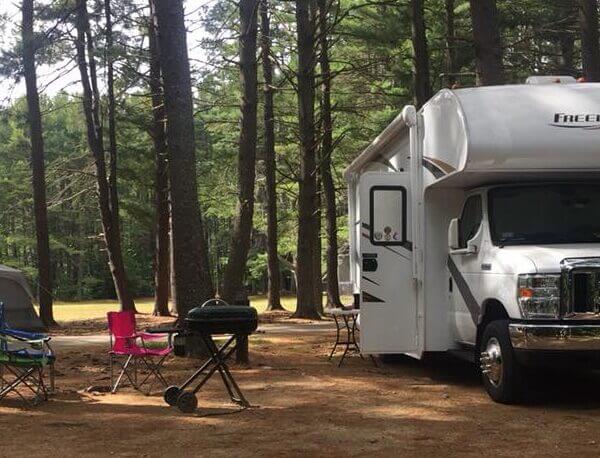
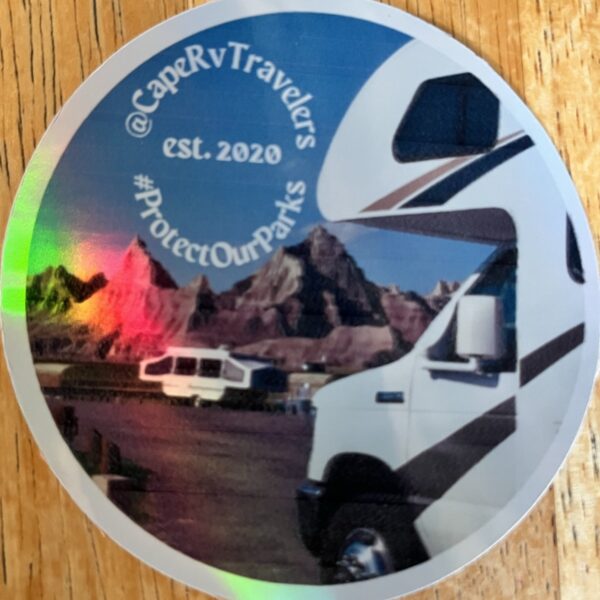



2 Comments. Leave new
Can you suggest a route from 301 fl to get to 81 north
want to avoid I-95 from VA. NC, SC or thru to I-75